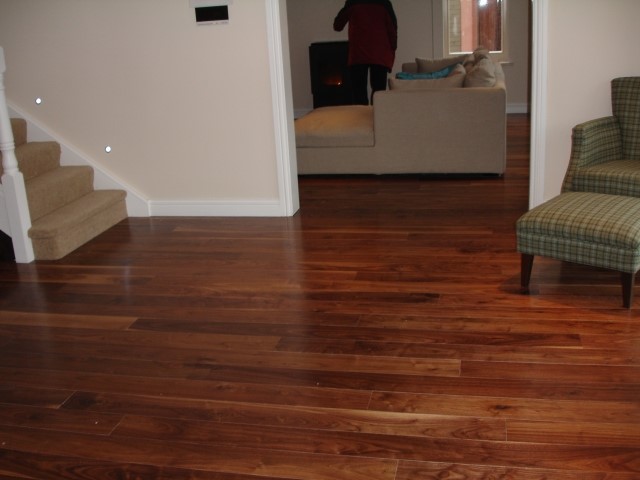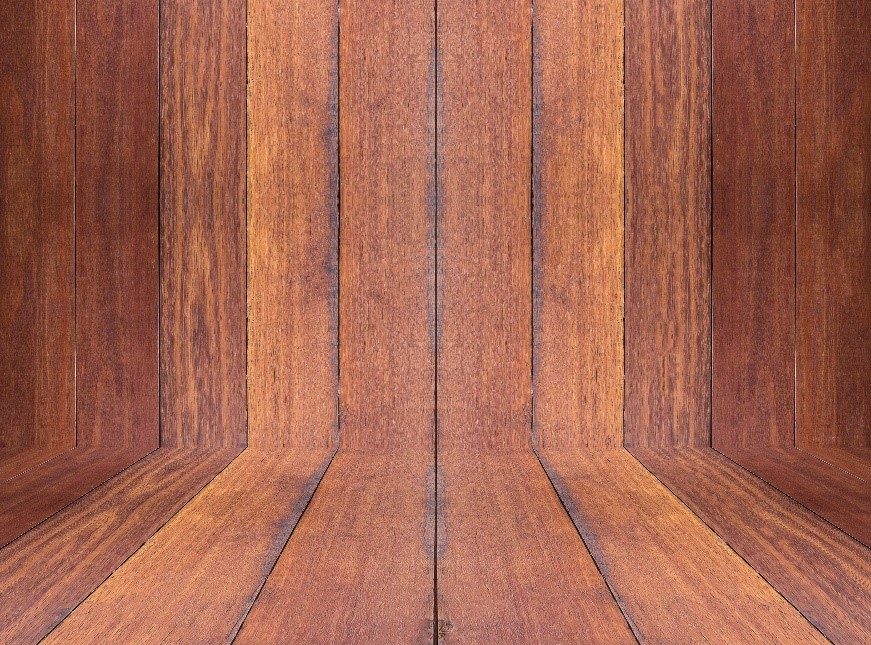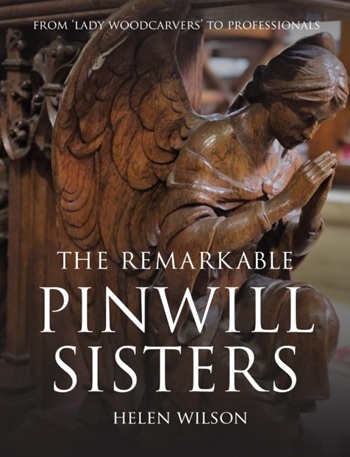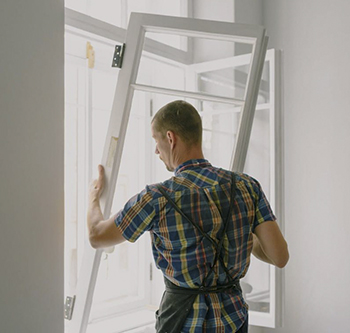The Differences Between Engineered Flooring and Solid Hardwood Flooring
Contents |
Introduction
Engineered and solid hardwood flooring are very similar - when on the floor, engineered boards look identical to solid wood. However, although they look the same, they can act and react very differently. Engineered floors are tougher, but solid wood flooring can last longer.
Properties of engineered flooring
Engineered flooring is made up of core boards and timber that are effectively layer after layer of ply that are bonded together. These boards are topped off with a lamella or top layer of solid wood, which is what makes engineered wood flooring look just like solid wood.
Engineered flooring can be installed as a floating floor, meaning if you moved home, you could take the floor with you as it does not stick to the subfloor. Wood is a natural product meaning it can be affected by humidity and temperature, but the construction of engineered wood makes it less reactive to these changes. This makes it structurally solid and much less likely to damage or warp.
Engineered timber is now the most common type of wood flooring used globally, and the technology has enabled the production of much wider boards.
Properties of solid hardwood flooring
Hardwood flooring is made from solid wood of almost any hardwood species or grade. Solid wood flooring is made of 100% natural wood, and the solid wood boards are refined from one piece of hardwood, then treated with a protective coating.
Solid wood provides the authenticity of a classic wooden floor, and usually thick boards mean they can be re-sanded and refinished numerous times without any damage – giving a quality floor which will last a lifetime.
Solid hardwood is for purists considering long-term prospects and who do not mind installing different types of flooring in different parts of the house.
Popular uses
Engineered wood is more suitable for higher moisture areas and rooms with environments with varying humidity levels such as kitchens and conservatories. This also makes it suitable for use over concrete floors. Engineered wood has a greater range of installation methods, such as stapling, nailing, click or glue.
As solid wood is one piece of hardwood from top to bottom, it needs to be nailed or stapled down to a permanent floor, meaning a concrete base is a problem, and it can never be installed on a floating basis.
Solid hardwood is best used in living areas, bedrooms, hallways, and dining rooms. Also, it is wise to avoid solid wood in kitchens, only installing if waterproof mats are placed near sinks and dishwashers.
Wood species
There are fewer choices with engineered wood. Red oak, hickory, and Brazilian Cherry are the most popular wood species for engineered flooring.
There are far more choices of wood species for solid hardwood. Red and white oak, maple, hickory, and pine are the most popular choices.
--G&S Specialist Timber 09:01, 16 May 2017 (BST)
Related articles on Designing Buildings Wiki
- 11 things you didn't know about wood.
- Bamboo flooring.
- Click and lock flooring.
- Cross-laminated timber.
- Engineered bamboo.
- Floating floor.
- Hardwood.
- Physical Properties of Wood.
- Plywood.
- Softwood.
- Subfloor.
- The differences between hardwood and softwood.
- Types of flooring.
- Types of timber.
- Best Woods for Wood Carving
- Oak wood properties
- Pine wood
- The Uses of Wood in Construction
Featured articles and news
Licensing construction in the UK
As the latest report and proposal to licence builders reaches Parliament.
Building Safety Alliance golden thread guidance
Extensive excel checklist of information with guidance document freely accessible.
Fair Payment Code and other payment initiatives
For fair and late payments, need to work together to add value.
Pre-planning delivery programmes and delay penalties
Proposed for housebuilders in government reform: Speeding Up Build Out.
High street health: converting a building for healthcare uses
The benefits of health centres acting as new anchor sites in the high street.
The Remarkable Pinwill Sisters: from ‘lady woodcarvers’ to professionals. Book review.
Skills gap and investment returns on apprenticeships
ECA welcomes new reports from JTL Training and The Electrotechnical Skills Partnership.
Committee report criticises UK retrofit schemes
CIOB responds to UK’s Energy Security and Net Zero Committee report.
Design and construction industry podcasts
Professional development, practice, the pandemic, platforms and podcasts. Have we missed anything?
C20 Society; Buildings at Risk List 2025
10 more buildings published with updates on the past decade of buildings featured.
Boiler Upgrade Scheme and certifications consultation
Summary of government consultation, closing 11 June 2025.
Deputy editor of AT, Tim Fraser, discusses the newly formed society with its current chair, Chris Halligan MCIAT.
Barratt Lo-E passivhaus standard homes planned enmasse
With an initial 728 Lo-E homes across two sites and many more planned for the future.
Government urged to uphold Warm Homes commitment
ECA and industry bodies write to Government concerning its 13.2 billion Warm Homes manifesto commitment.
From project managers to rising stars, sustainability pioneers and more.
Places of Worship in Britain and Ireland, 1929-1990. Book review.

























Comments